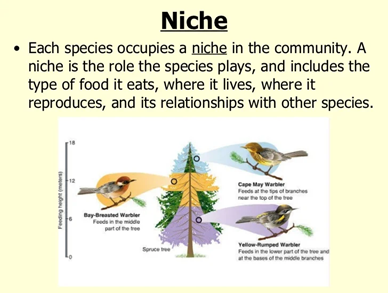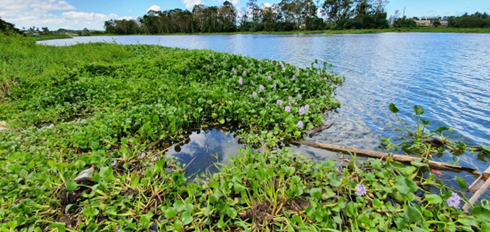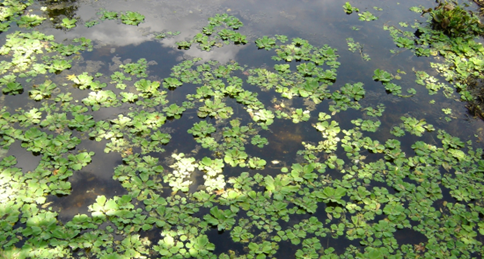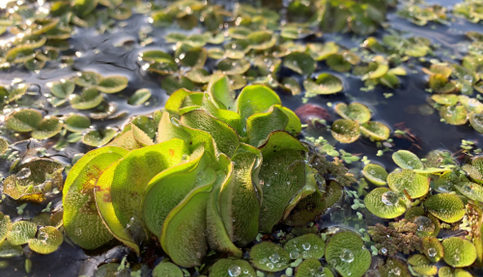- Courses
- GS Full Course 1 Year
- GS Full Course 2 Year
- GS Full Course 3 Year
- GS Full Course Till Selection
- Answer Alpha: Mains 2025 Mentorship
- MEP (Mains Enrichment Programme) Data, Facts
- Essay Target – 150+ Marks
- Online Program
- GS Recorded Course
- Polity
- Geography
- Economy
- Ancient, Medieval and Art & Culture AMAC
- Modern India, Post Independence & World History
- Environment
- Governance
- Science & Technology
- International Relations and Internal Security
- Disaster Management
- Ethics
- NCERT Current Affairs
- Indian Society and Social Issue
- NCERT- Science and Technology
- NCERT - Geography
- NCERT - Ancient History
- NCERT- World History
- NCERT Modern History
- CSAT
- 5 LAYERED ARJUNA Mentorship
- Public Administration Optional
- ABOUT US
- OUR TOPPERS
- TEST SERIES
- FREE STUDY MATERIAL
- VIDEOS
- CONTACT US
Invasive Alien Species in India
Invasive Alien Species in India
11-04-2024
To manage the growing population of invasive chital (spotted deer) in Ross Island (officially known as Netaji Subhash Chandra Bose Island), the Andaman and Nicobar Islands administration has recently sought help from the Wildlife Institute of India.
What are Invasive Alien Species?
- Invasive alien species (IAS) are species introduced outside their natural range, either intentionally or unintentionally, that pose a threat to biological diversity.
- They include animals, plants, fungi, and microorganisms that can impact all types of ecosystems.
Invasive alien species have two main characteristics:
- Non-native: They are not native to the ecosystem they occupy.
- Harmful: They can harm the economy, environment, or human health.
Invasive species can also have the following characteristics:
- Rapid reproduction: They can reproduce and grow quickly.
- High dispersal ability: They can spread easily through their new environment.
- Adaptability: They can survive in a wide range of environmental conditions and on various food types.
- Phenotypic plasticity: They can adapt physiologically to new conditions.
- Tolerance: They can tolerate a wide range of environmental conditions.
- Association with humans: They can be associated with humans.
|
Factors Contributing to the Spread of Invasive Alien Species:
Invasive species are primarily spread by human activities, often unintentionally. These include:
- People and their belongings travel around the world quickly, often carrying uninvited species with them.
- Ships may carry aquatic organisms, while smaller ships may carry them on their propellers.
- Economic activity
- Climate change
Areas More Susceptible to Invasive Alien Species:
- Island ecosystems are more prone to invasion because their species face few strong competitors and predators, and because their distance from colonizing species populations makes them more likely to have "open" niches.
- In India, some regions, such as the Andaman rainforests, Godavari-Krishna mangroves, Odisha semi evergreen forests and Sundarbans swamps, were found to have more than 90% area climatically suitable for diverse invasive alien plants.
Examples of Invasive Alien Species in India:
Alternanthera philoxeroides, Cassia uniflora, Chromolaena odorata, Eichhornia crassipes, Lantana camara, Parthenium hysterophorus, and Prosopis juliflora.
Some other examples of invasive alien species in India |
|
|
|
|
|
|
|
|
|
FAQs:
Q: What is a niche?
- In ecology, a niche is the role an organism plays in a community.
- A species' niche includes the physical and environmental conditions it needs, as well as its interactions with other species.
- An open niche is a broad niche that makes it easier for organisms to choose where to live and survive.
- However, organisms with broader niches face more competition. How well an organism adapts to this competition determines its survival rate.
Must Check: Best IAS Coaching In Delhi







